One of the most important parts of being a pet owner is looking out for my pet's health and well-being.
Because my dog can't tell me when something is wrong, I know it is my job to pay attention for any potential signs or symptoms of health issues. And just as there are canine cancer symptoms that I can watch for, there are also clear signs that my dog may be suffering from arthritis.
Arthritis can afflict all breeds of dogs, and can be particularly pronounced in older dogs. Fortunately, spotting it early can lead to a quick course of treatment from my vet.
And unlike many other diseases, there are a large number of at-home treatments that can actually help to ease my dog's arthritis pain. I will not only be on the lookout for arthritis signs in my dog, but I'll be ready with surefire ways to treat their pain if I spot any.
Scroll through this exclusive list of canine arthritis symptoms and treatments. While this should never take the place of a vet's medical advice, I am so glad I know this important puppy health information.
Does your dog suffer from canine arthritis? Let us know in the comments!
Where Is My Pup Feeling The Pain?
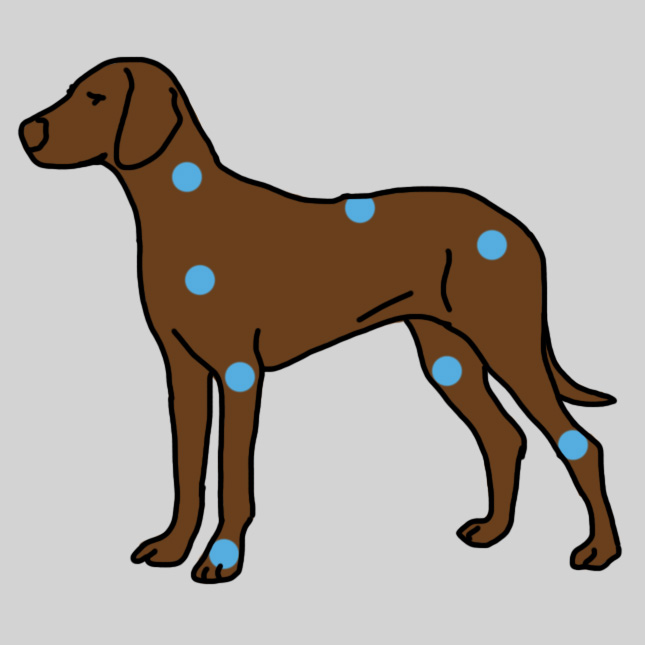
While many pups will experience arthritis in multiple locations, some of the most common problem areas include: the neck, back, hips, knees, elbows, shoulders, and paws.
Fortunately, there are six very clear symptoms that your dog might be experiencing arthritic pain. These signs can be an indicator that your dog needs treatment right away.
Six Symptoms Of Canine Arthritis Symptom #1: Limping
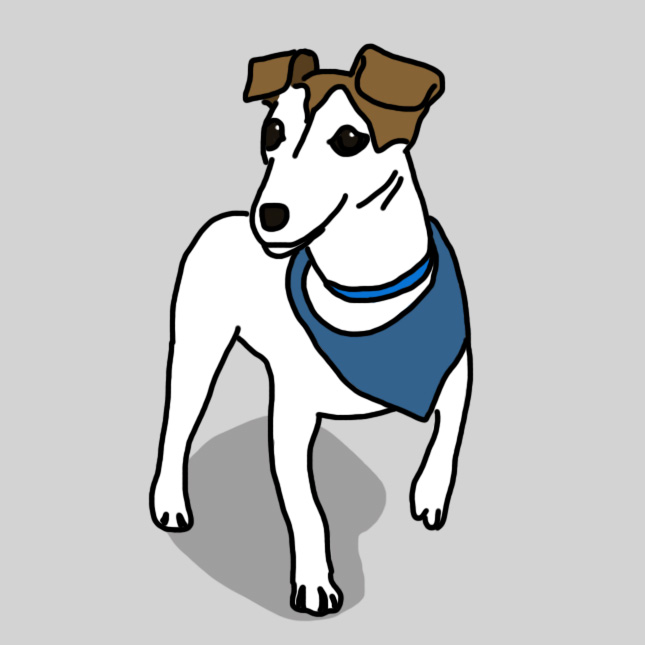
As a pet owner, you know when your dog is moving abnormally. If you notice a limp, there could be a number of causes, one of which is arthritis.
PetMD writes, "You may see your pet limping or favoring one or more of his legs, depending on which legs and which joints are arthritic."
Symptom #2: Spinal Trouble
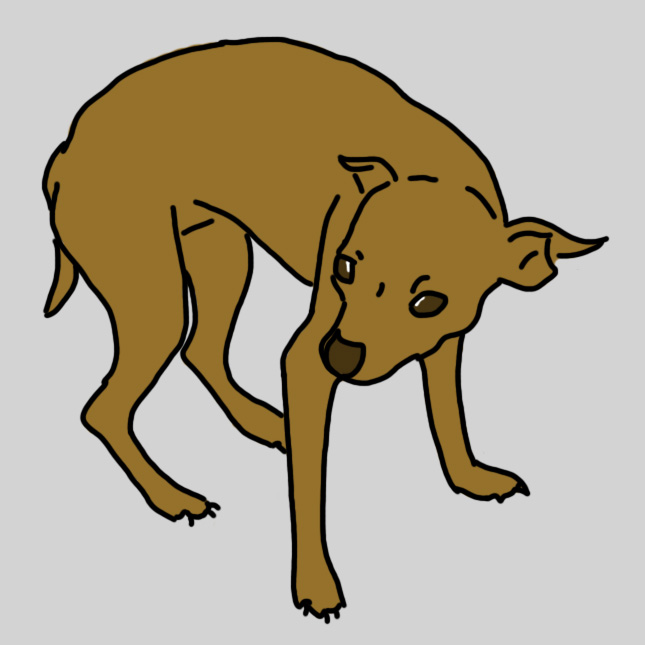
If your pup is suffering from arthritis, it may be most apparent in the way they carry themselves.
Spinal trouble will cause a dog to hunch over more than usual. Holding their head up straight will be painful for them.
Keep an eye out for a raised back, accompanied by a lowered tail and head.
Symptom #3: Snapping At You

Your usually friendly pet may not be so friendly if they are constantly in pain.
According to Vet Depot, a surefire sign of doggy arthritis is if your canine "snaps when petted."
Any adverse reaction to petting should be noted. If this continues, you will definitely want to take a trip to the vet.
Symptom #4: Loss Of Interest
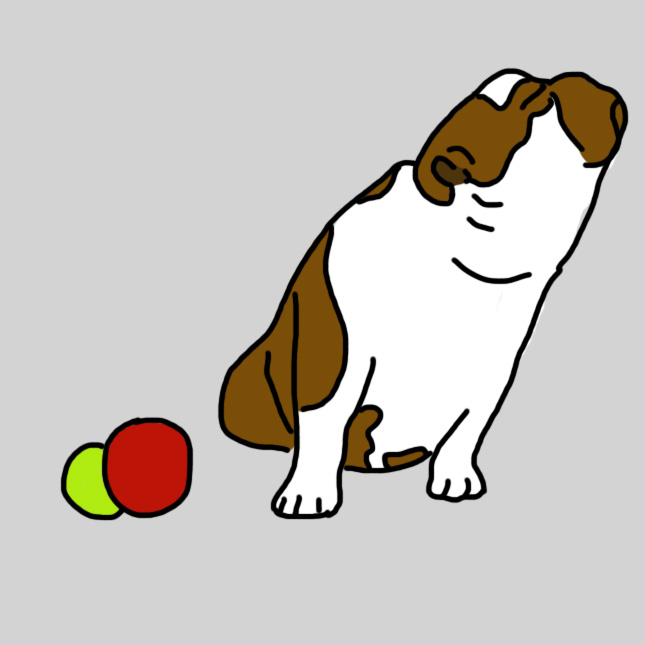
If your dog is fairly inactive normally, this will be a more difficult symptom to spot.
However, WebMD notes, "With more athletic dogs, maybe they can't run as long with their owner, or they don't want to play as long at the dog park."
This can be a gradual process, but an overall loss of interest in playing is a major sign that something is wrong.
Symptom #5: Difficulty With Stairs
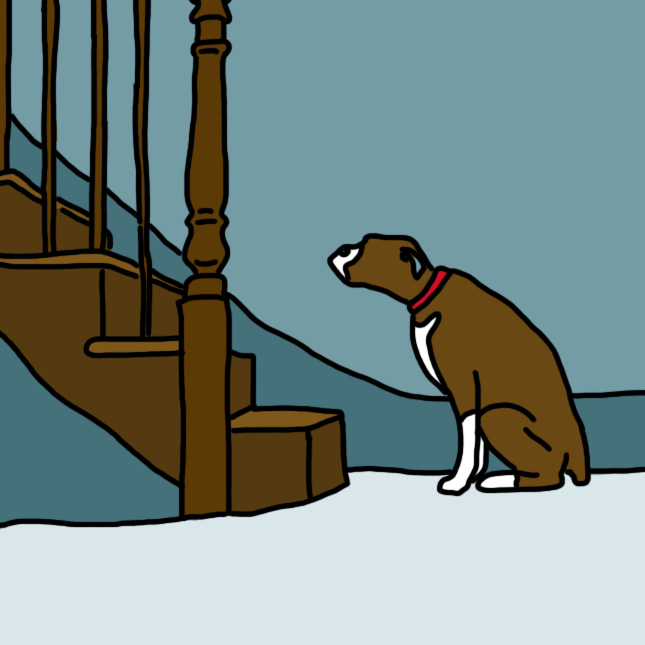
One of the biggest signs that your dog may have arthritis is that they can no longer get up stairs the way they used to.
WebMD writes, "Most of the time, people notice that their dogs are doing less and having more difficulty with common activities. The dog now has problems getting up on the couch, or going up the stairs, or getting in the back of the SUV."
Symptom #6: Loss Of Muscle
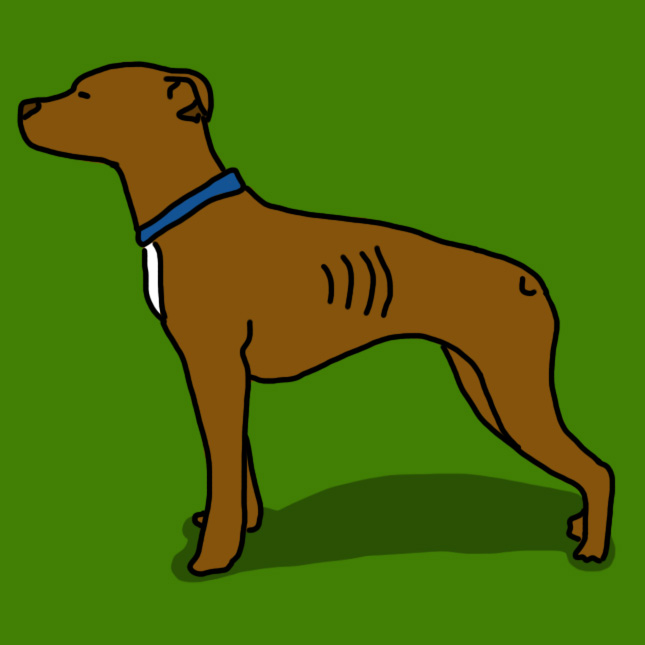
A dog dealing with arthritic pain will often exercise less, causing their muscles to deteriorate.
PetMD writes, "Arthritic pets often develop muscle atrophy or dying off of the muscle tissue due to inactivity and decreased use of the muscles."
Weight and muscle loss can be caused by a number of serious issues — including arthritis — so it is best to have your dog checked out by the vet in this case.
Six At-Home Treatments For Canine Arthritis Treatment #1: Doggy Exercise
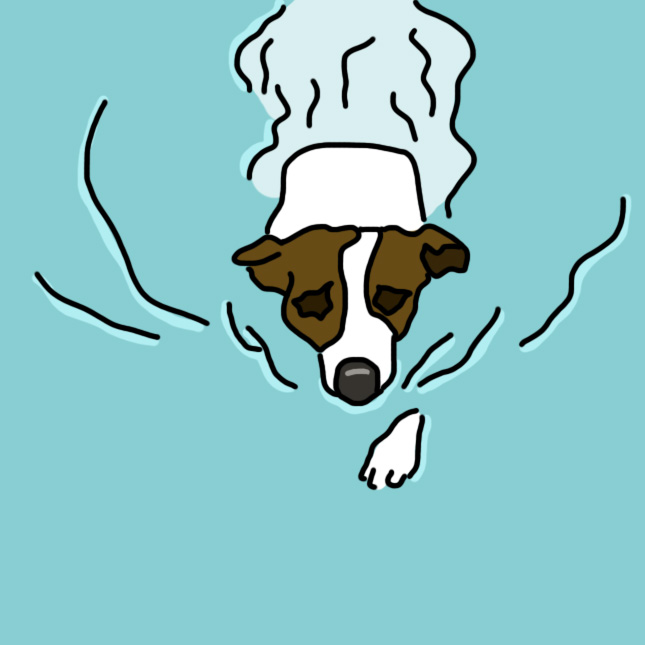
While your vet will be able to set a long-term course of treatment, there is plenty you can do to ease your pup's pain and keep them healthy. One of the best ways to help them is through limited, low-impact exercise.
According to The Bark, "Maintaining mobility through reasonable exercise is important regardless of a dog's age and the extent of the arthritis… Non-weight-bearing exercise — swimming, for example — is excellent."
Keeping your dog's muscles healthy will help protect their joints in the long run.
Treatment #2: A Healthier Diet
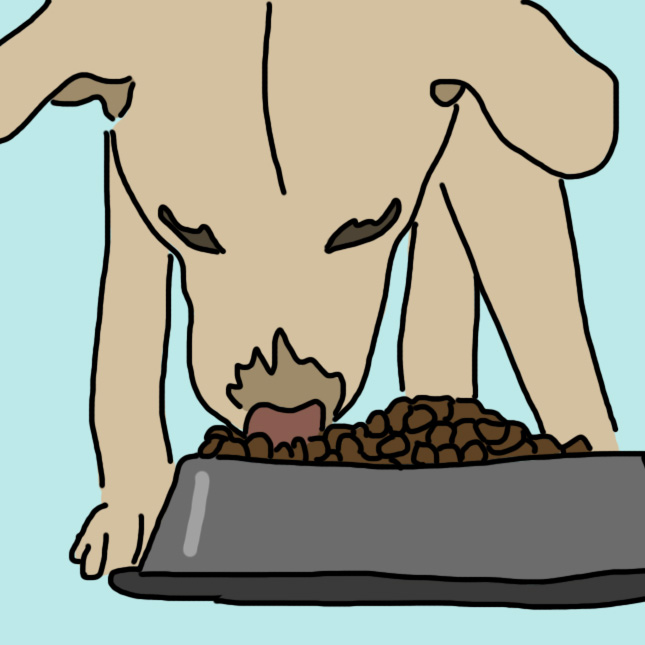
Putting your dog on a diet might be necessary if you suspect that they are suffering from arthritis. The added body weight will put unwanted pressure on the joints, causing them more pain.
The experts at WebMD write, "We're trying to get the dogs to an ideal weight so we decrease the stresses on the joints. We also actually decrease the inflammation because fat is a source of inflammation in the joints."
Treatment #3: Joint Supplements
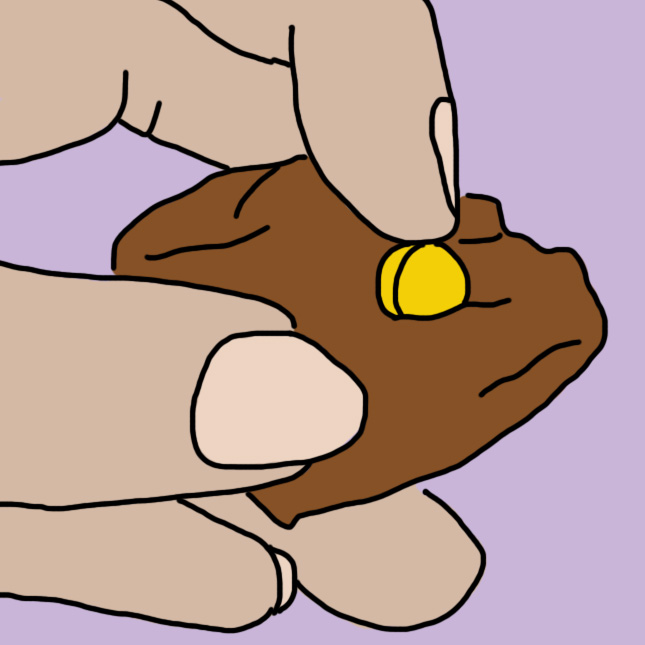
In addition to anything prescribed by your vet, there are quite a few supplements that will improve your dog's joint health.
The Bark writes, "Countless joint supplements are available to promote healthy cartilage and joint health… This decision is best made with your veterinarian."
Treatment #4: Extra Warmth
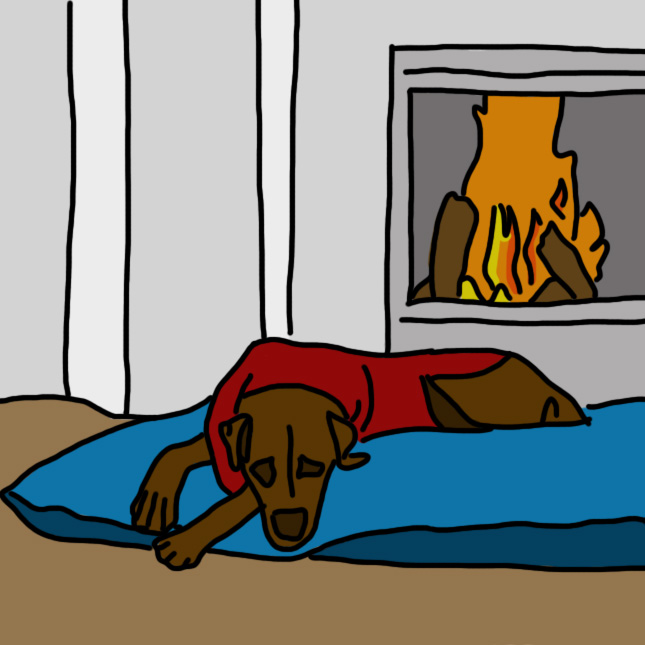
As with people, dogs will experience even more severe arthritic pain when they are cold.
PetEducation.com writes, "Keeping your pet warm may help him be more comfortable. A pet sweater will help keep joints warmer. You may want to consider keeping the temperature in your home a little warmer, too."
Treatment #5: Puppy Massage
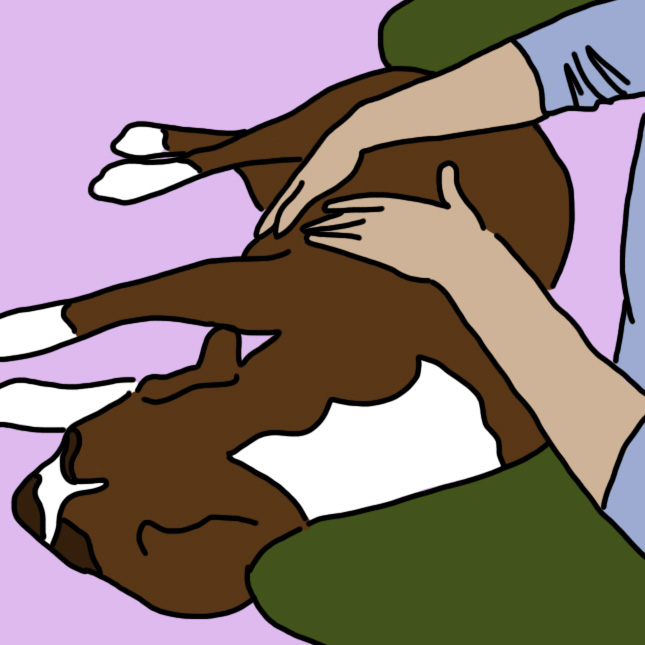
There are quite a few health benefits to puppy massage, including helping with arthritis pain. You can give them a gentle rub yourself, or you can bring them to a professional masseuse.
VetStreet.com writes, "Massage can increase your dog's flexibility, circulation, and sense of well-being."
Treatment #6: Ramps Around The House

Ramps can make life so much easier — and less painful — for any arthritic canine. If you don't have the funds for pet store ramps, it might just be time to get creative with your DIY skills.
Dogtime.com writes, "Ramps can help dogs navigate stairs, mount furniture, [and] access anywhere they used to jump to."
Making it easier for your dog to join you on the couch or in bed will benefit both of you in the end.
Recognizing arthritis in your dog can be crucial to getting them the medical attention they need. And being aware of these important at-home treatments can go quite a long way to relieve their arthritic pain.
Will you be on the lookout for these symptoms of canine arthritis? Let us know in the comments.
Please SHARE this vital information with any other dog owners in your life!




